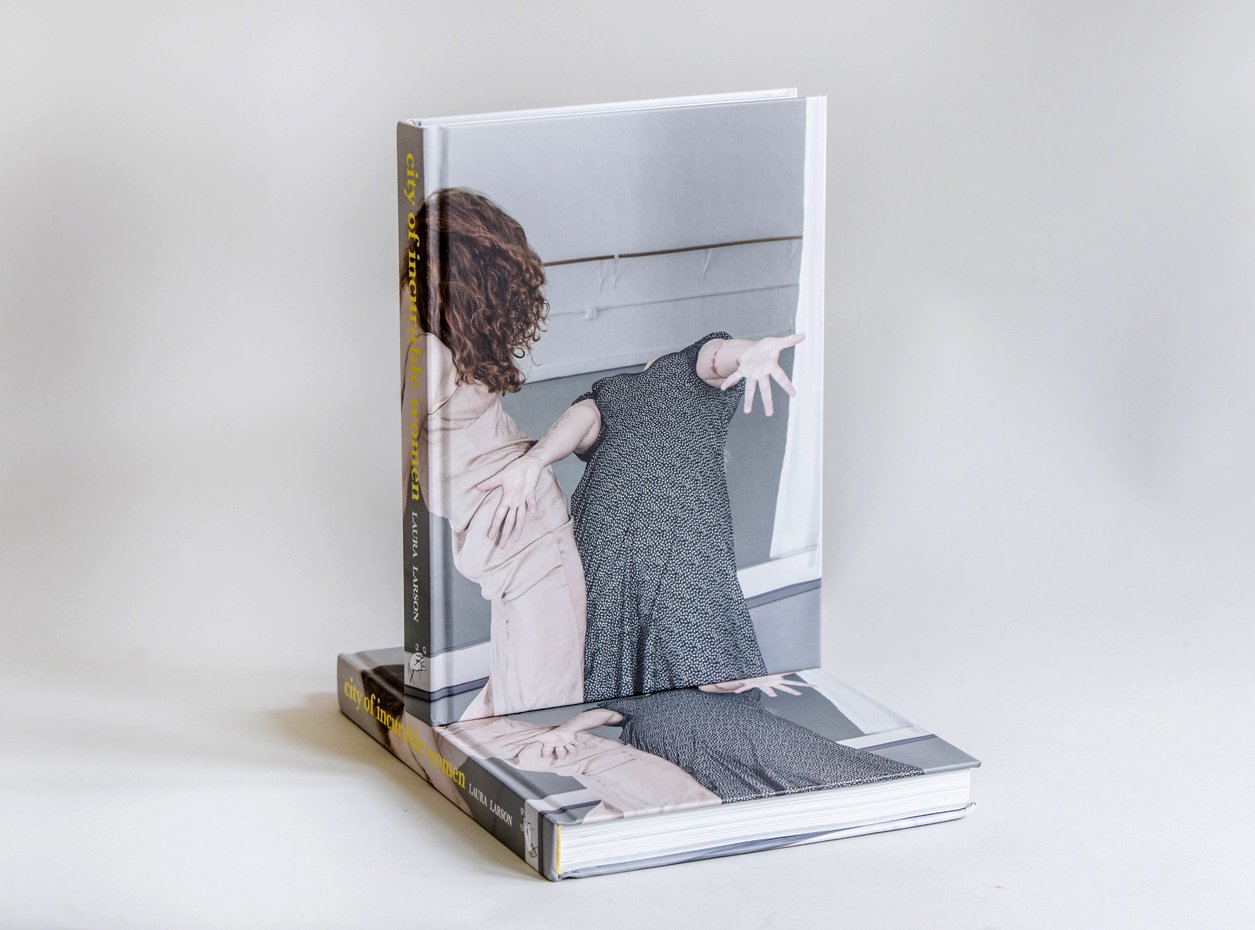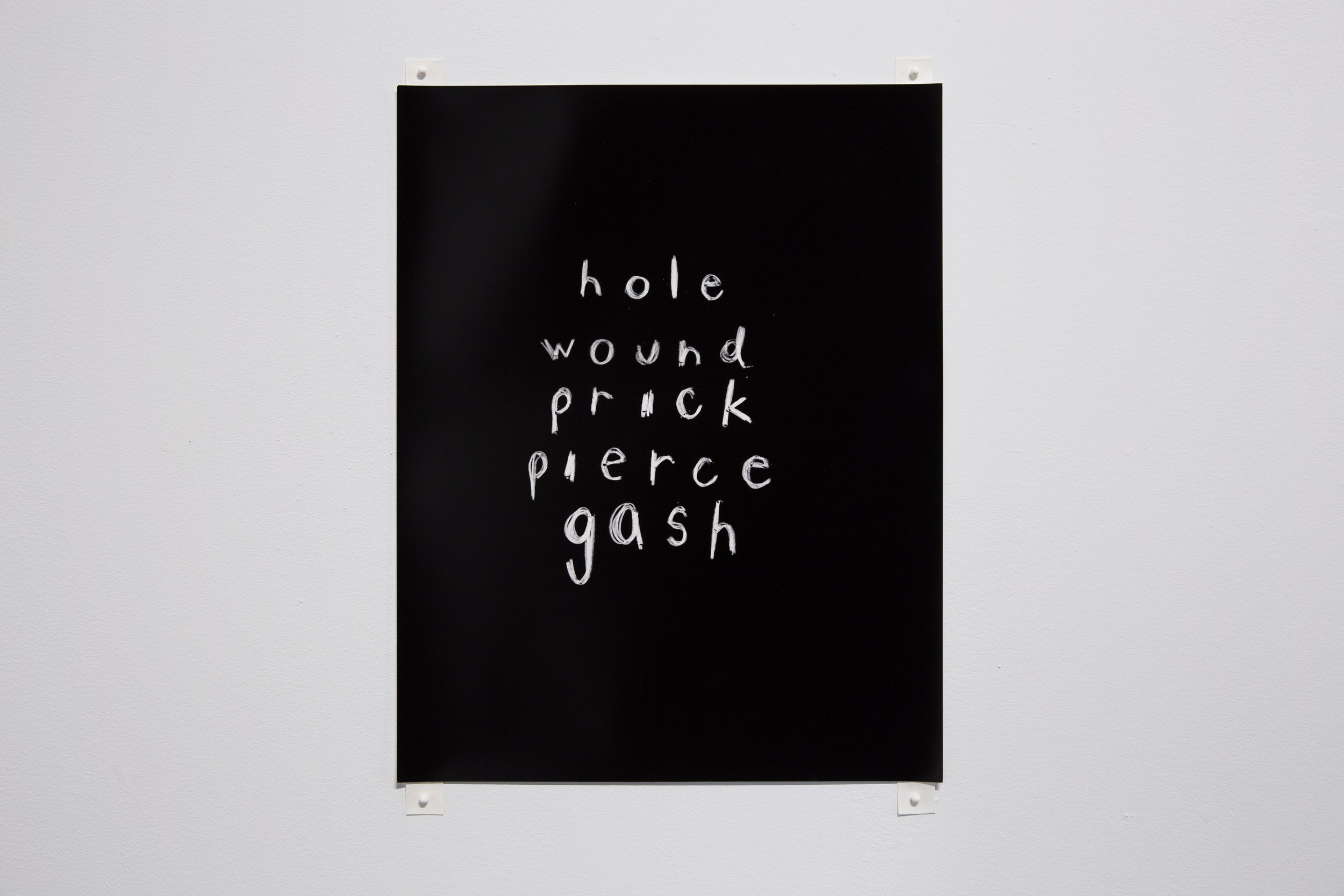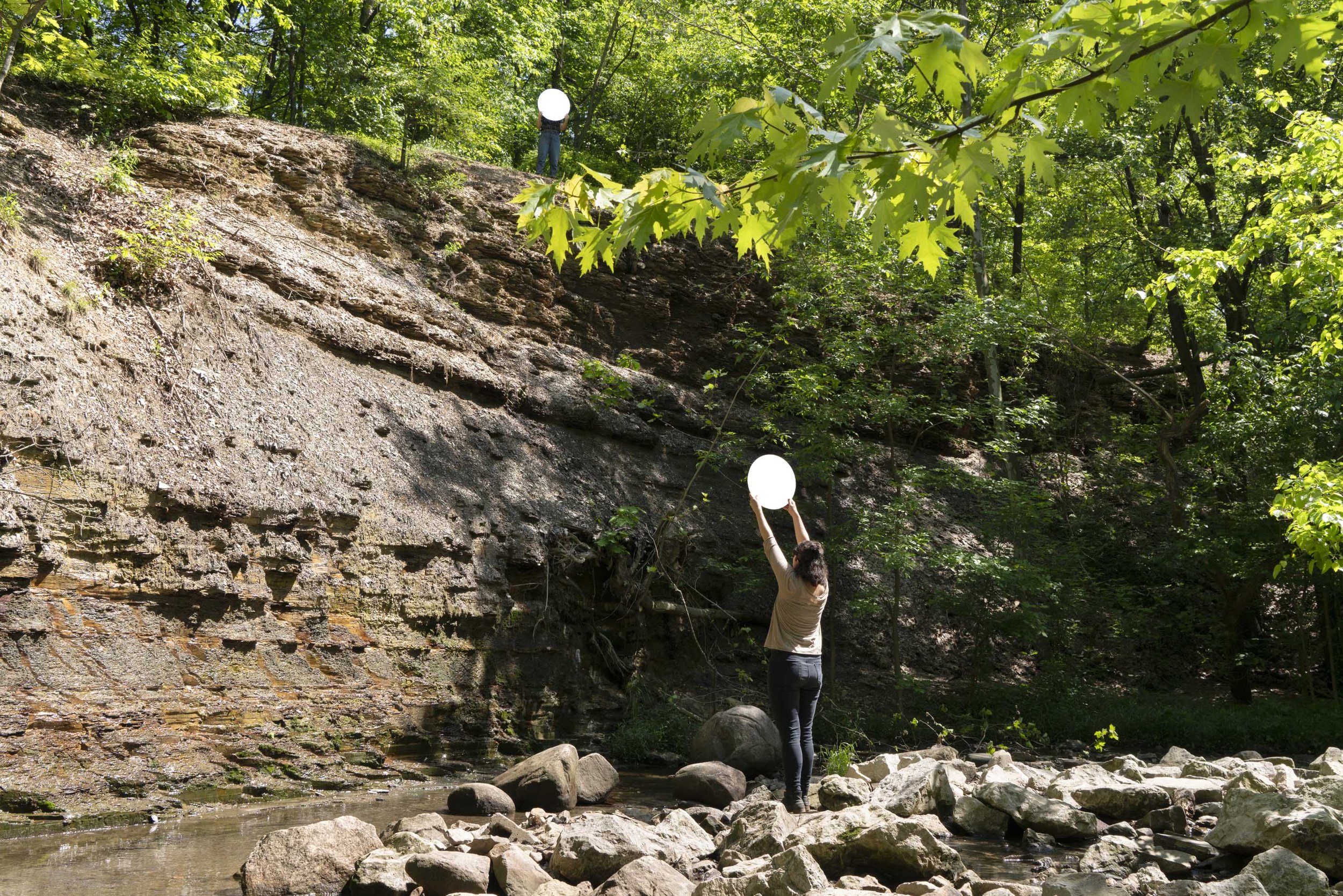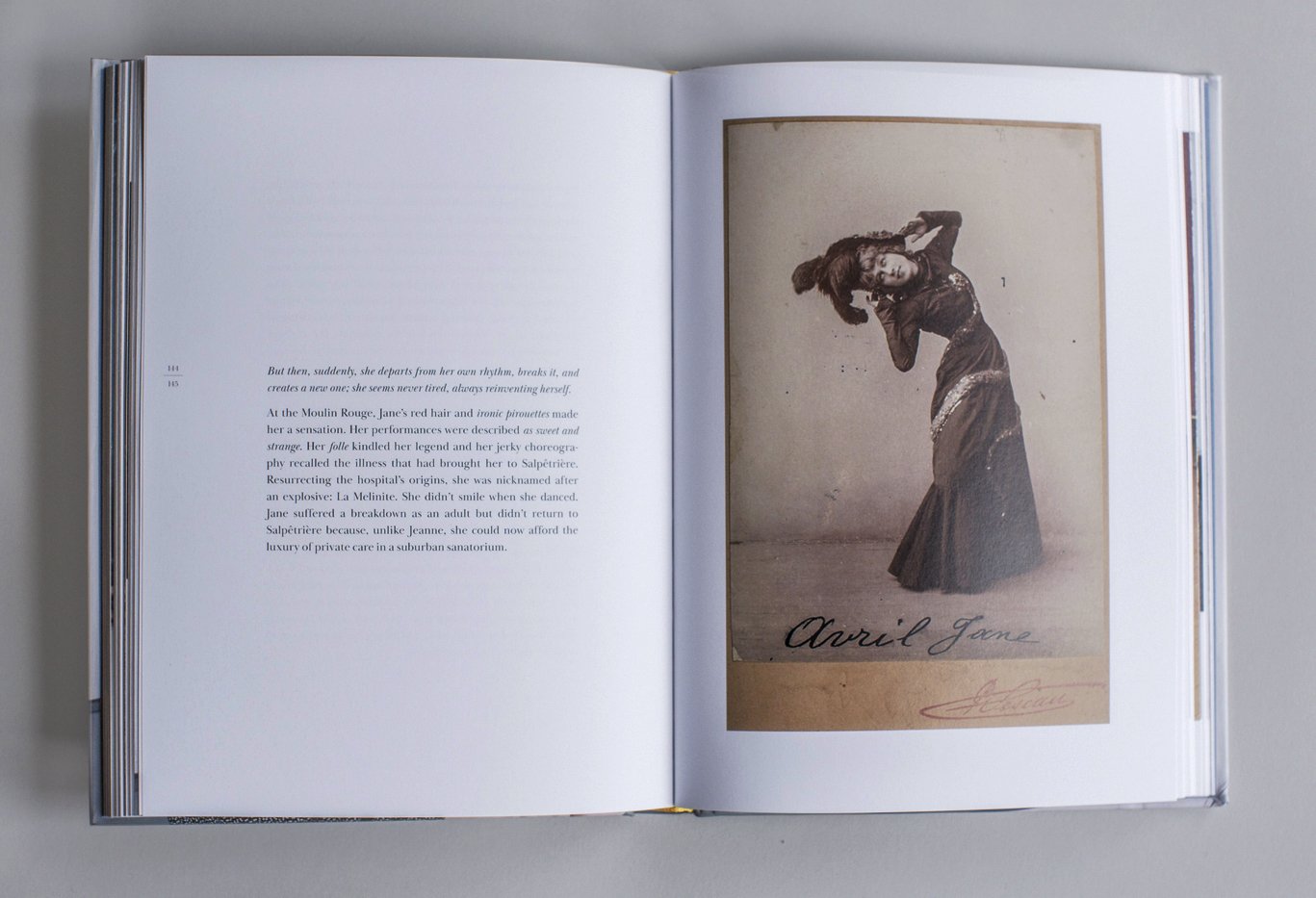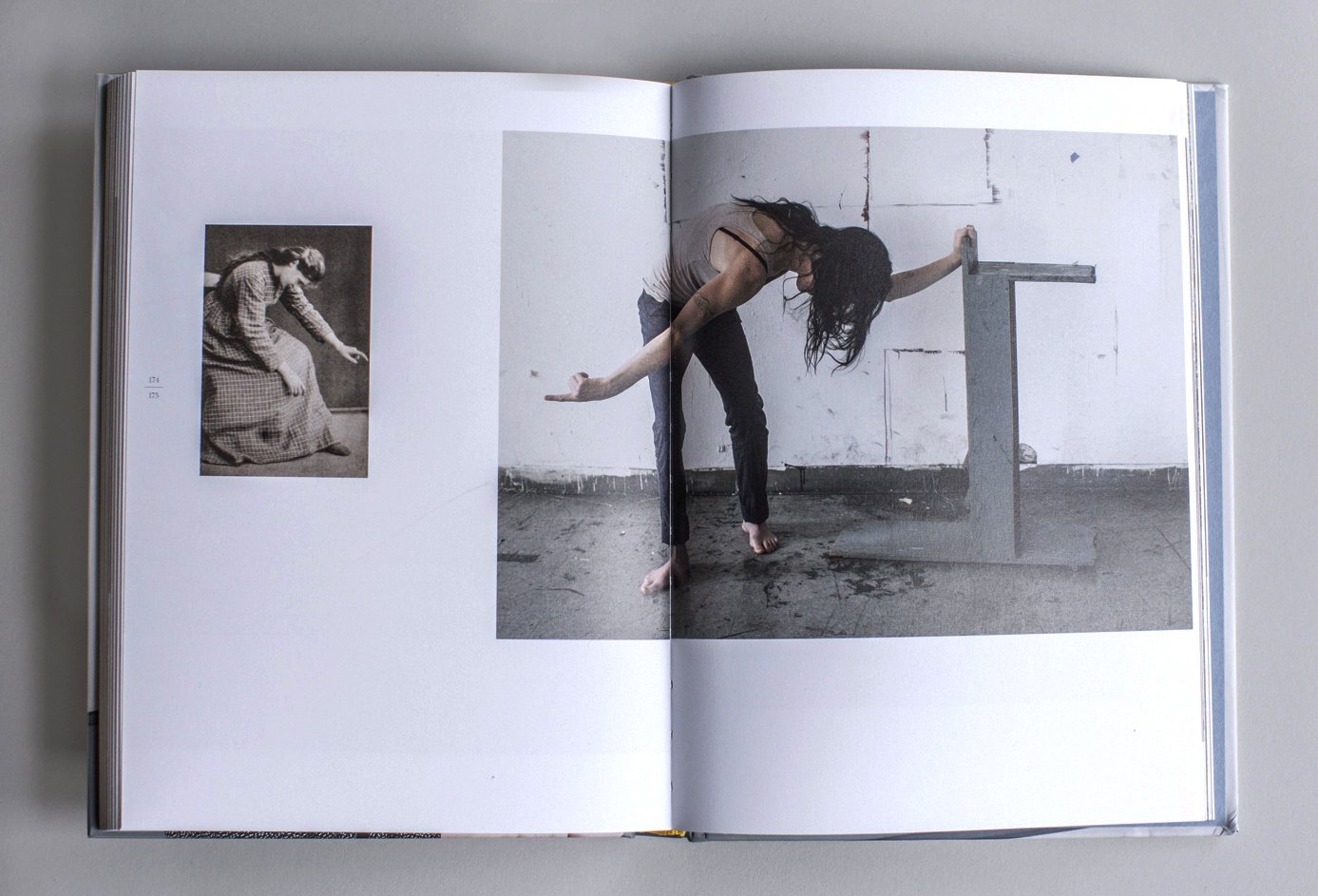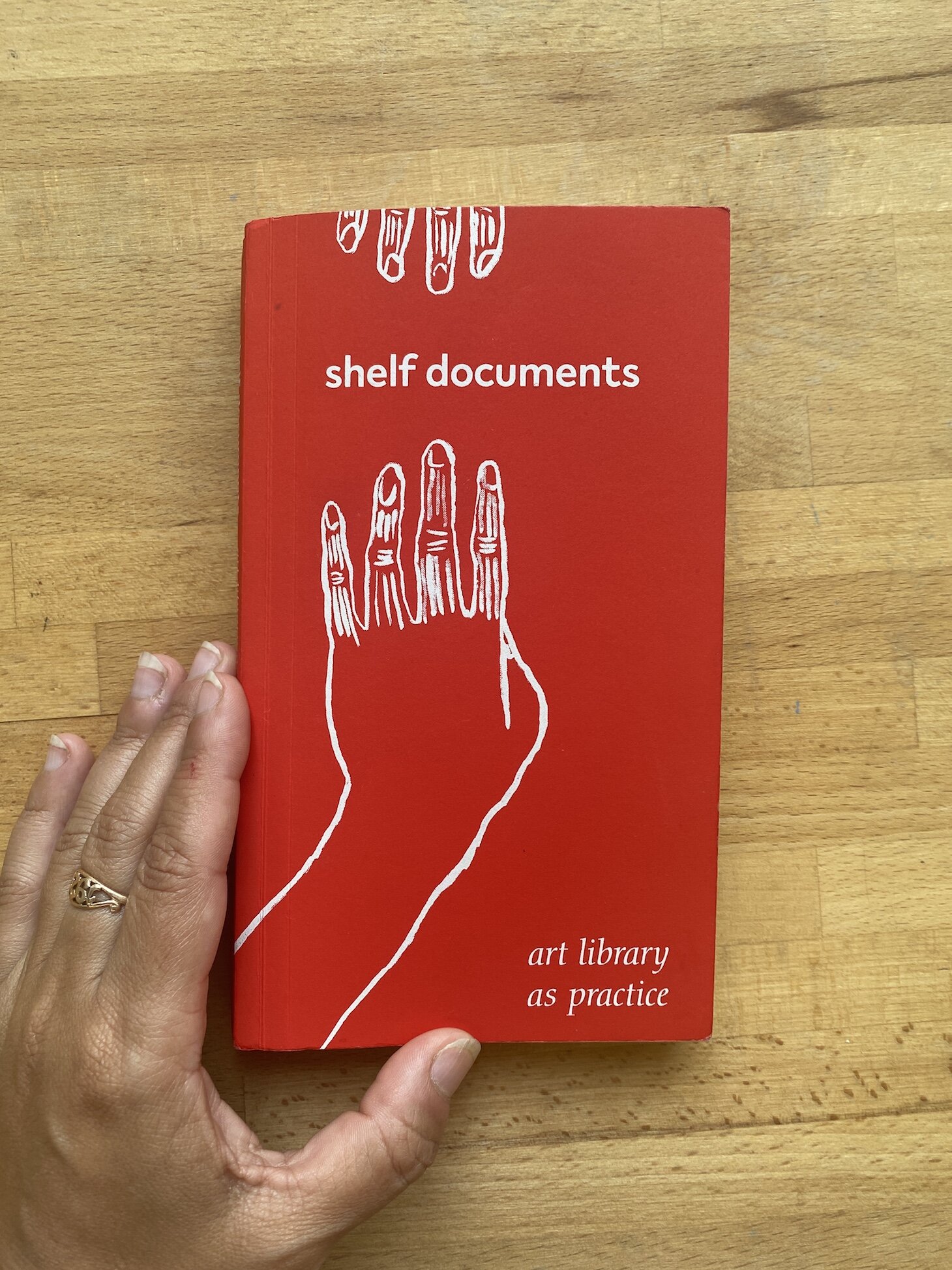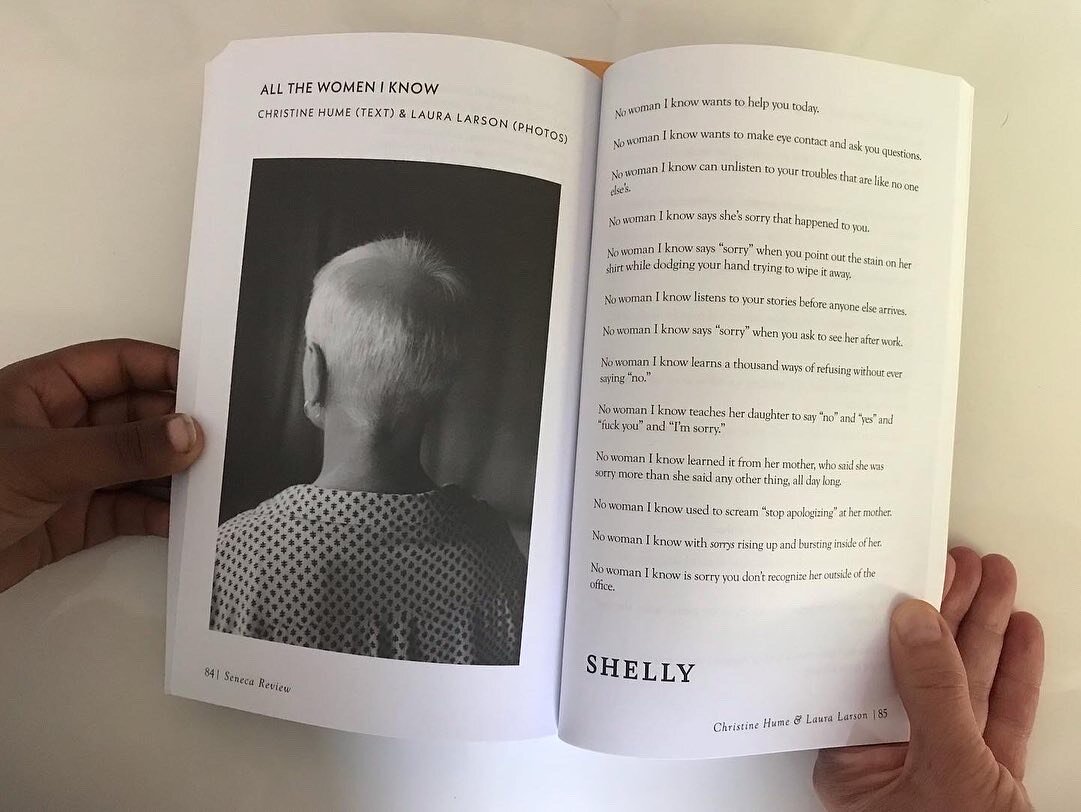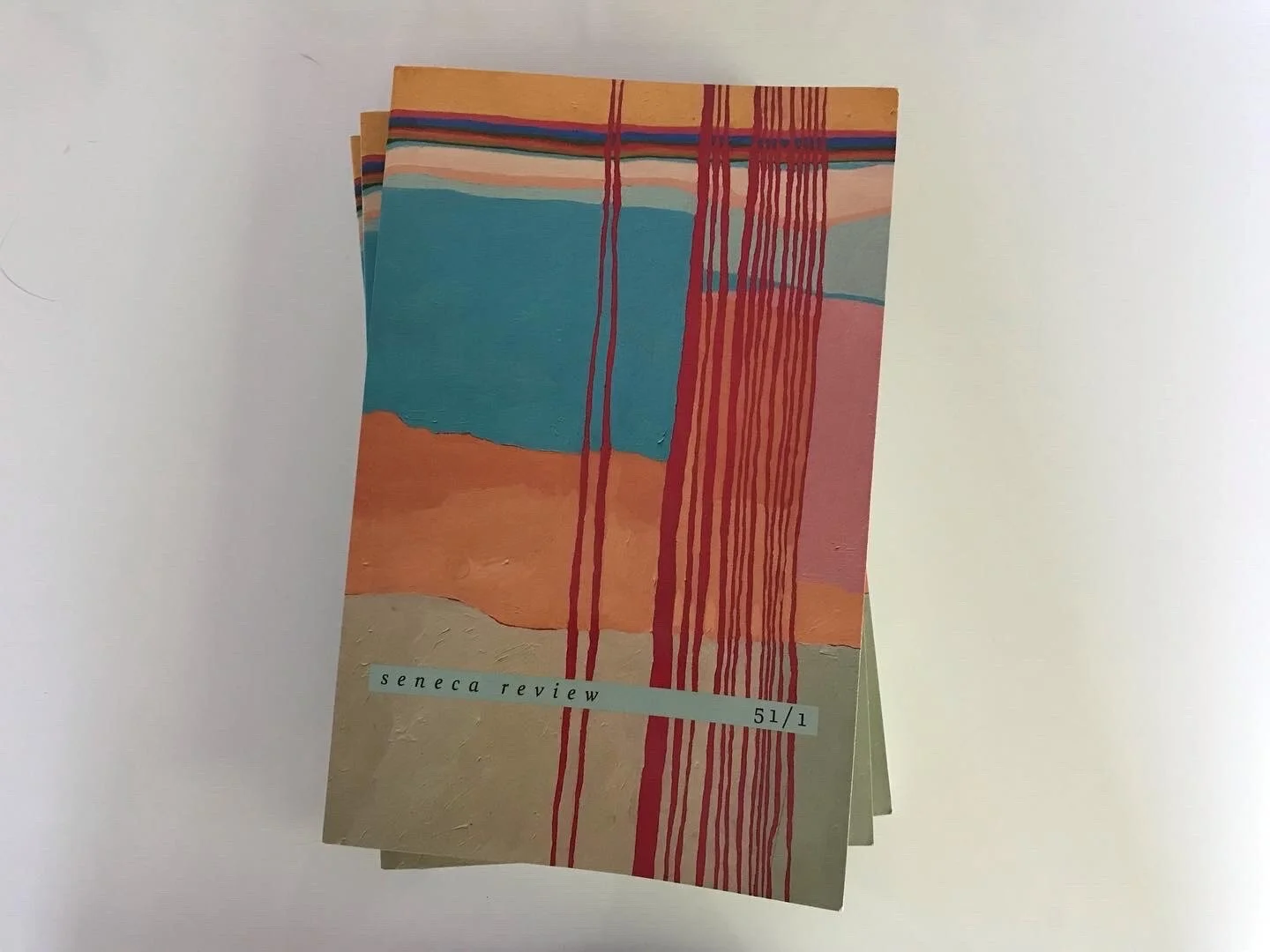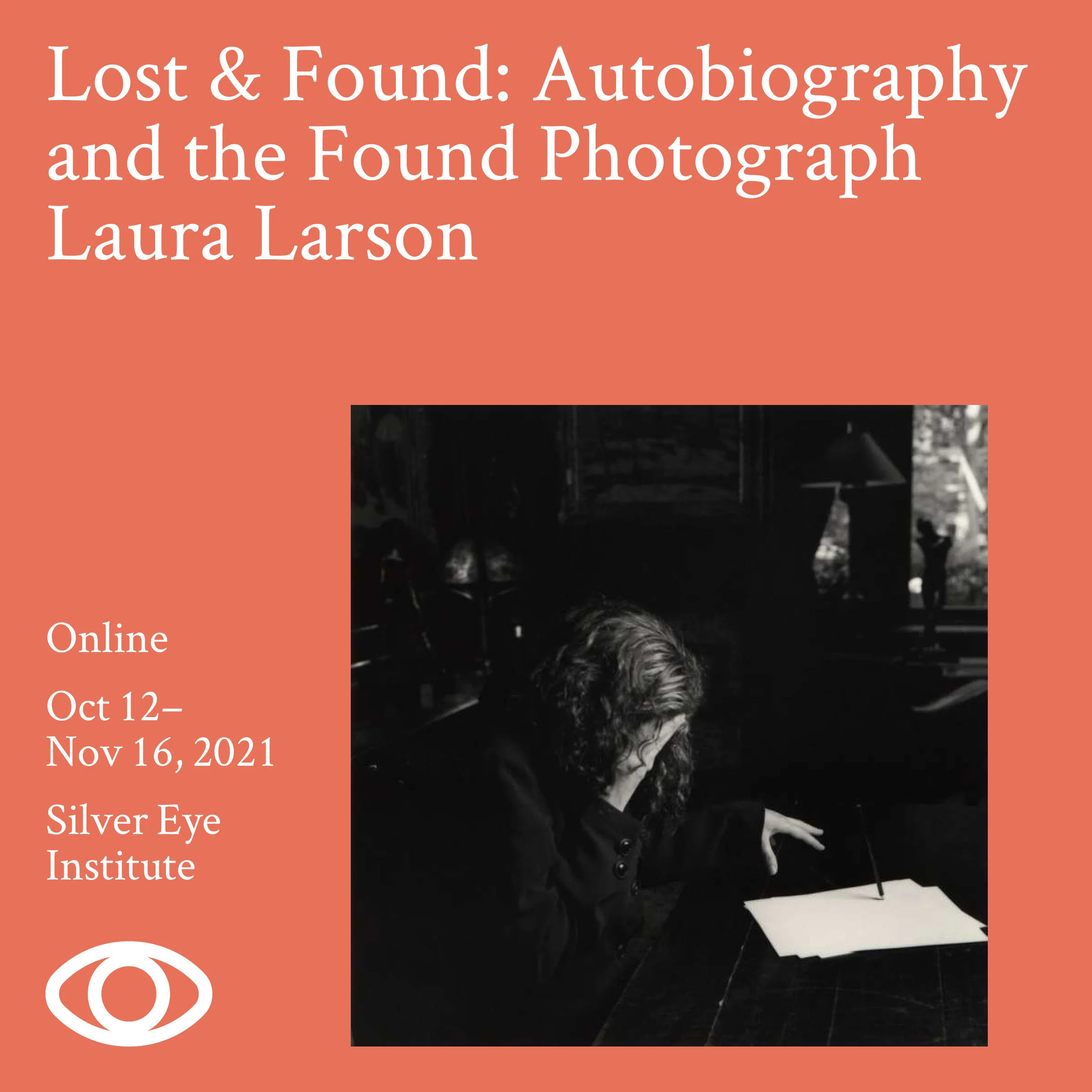Sign up here for news about upcoming events, workshops, and all things LL.
Reframing 19th Century Photography
I spoke with Antares Wells about City of Incurable Women featured in the Nineteenth Century Photography Now exhibition at The Getty Center.
Converging Lenses: Contemporary Responses to 19th-Century Photography at the getty
I’ll be in conversation with Paul Mpagi Sepuya and Stephanie Syjuco about Nineteenth Century Photography Now at The Getty, moderated by curator Carolyn Peter. The event is on May 19th at 2:00 PM and you can register for free tickets here.
Nineteenth Century Photography Now at The J. Paul Getty Museum, April 9-July 7
Selections from City of Incurable Women will be included in Nineteenth Century Photography Now, opening on April 9th at the Getty.
The earliest photographs—often associated with small, faded, sepia-toned images—may seem to belong to a bygone era, but many of the conventions established during photography’s earliest years persist today. Organized around five themes dating back to the medium’s beginnings, this exhibition explores nineteenth-century photographs through the work of twenty-one contemporary artists. Reflecting the inventiveness of early practitioners as well as the more disturbing historical aspects of their era, these interchanges between the first decades of the medium and the most recent invite us to reimagine nineteenth-century photography while exploring its complexities.
"All the Women I Know" featured in The Hopkins Review, 17.1 (Winter 2024)
Locating a Collective Lyric “I”, a special folio guest edited by Leila Eisa & Jennifer Stager
In this folio, we are joined by other writers, scholars, and artists who also ask what possibilities and frictions emerge from an exploration of a plural “I.”
In dreams I walk with you exhibition at Silver Eye Center for Photography
In dreams I walk with you features photographs inspired directly by the themes of six recent virtual workshops. All were led by artists nationally known for their original uses of photography as an expressive medium. This exhibition by teaching artists and participants meditates on artistic process and how mutual support can empower personal expression.
EXCITING NEWS!
I’ve been named a 2023 Guggenheim Fellow in Photography. Many thanks to the Foundation for this tremendous support of my work.
Lecture at Lesley University, October 20th at Noon
Society of Photographic Education Conference Midwest Chapter
Hyperallergic review of City of Incurable Women
'Radical Empathy' in City of Incurable Women: A Conversation with Laura Larson
I spoke with Renee Shea about City of Incurable Women in the September/October issue of World Literature Today.
In City of Incurable Women (Saint Lucy Books, 2022), Laura Larson continues her study of nineteenth-century photography, this time through responses to Pitié-Salpêtrière Hospital in Paris, founded in 1656. She focuses on the late 1800s when Jean-Martin Charcot, then director of the hospital, photographed women diagnosed with hysteria. In her book of visual and written texts, Larson explores the depiction of four patients in the hospital (Blanche, Genevieve, Augustine, and Jane) as she reimagines them through the perspective of a contemporary political climate that seeks to control women’s bodies—and resistance to that climate. “I want a liquid chronicle of La Salpêtrière,” she writes, “a volatile flow of chemistry detonating then and now.” Her reflections interrogate the limitations and possibilities of photography as objective documentation, memory, and witness.
Lenscratch feature on City of Incurable Women, July 8
Laura Larson reimagines the female patients of the infamous Parisian hospital Pitié-Salpêtrière
New Workshops Launched!
I’m offering two new workshops starting in May: Light & Ink, a six-week workshop on photography and writing and Projects, an intensive course for the development of new work that alternates one-on-one meetings with group critiques. See workshops tab for more information.
City of Incurable Women Available for Pre-Order
City of Incurable Women pictures the complex lives of the 19th century women, diagnosed as suffering from hysteria, who were hospitalized at the Pitié-Salpêtrière Hospital in Paris. Incorporating a broad range of materials, Larson layers archival imagery with her own photographs and texts, speculating through the documented accounts of the women’s illness. Larson imagines the women as a collective, making a claim for their shared knowledge and the pleasures and risks of escape. Embracing photography’s capacity to feel, City of Incurable Women sees these women as unruly spirits that haunt the present, mining the radical possibilities of empathy and resistance.
The Hidden Mothers of Family Photographs/New Yorker
Hidden Mother discussed by Lauren Collins in the New Yorker:
In the Victorian era, mothers weren’t exactly doing it for the ’gram, but they still had to work for the photographs they wanted. The long exposures required by old-school cameras meant that young children needed to be kept still for considerable periods of time. Studio photographers enlisted mothers as literal supports, camouflaging them in sheets and drapes so that they could prop up their offspring inconspicuously. Alternatively, a photographer might scratch out a mother’s face in postproduction or blot it out with black paint.
The photographer and scholar Laura Larson collects many of these images in Hidden Mother, a haunting book from 2017 that mixes monograph and memoir. (She became interested in the subject during the process of adopting a child.) “The hidden mother appears in many forms, playing a structural but visually peripheral role in these portraits,” she writes. “Her form becomes indistinguishable from the appointment of the scene.” The mothers are uncanny, even darkly comic. They bring to mind vestals, or ghosts in a low-budget horror movie. They are human furniture, upholstered in black alpaca or a taffeta check. In one memorable image, a baby in a white diaper reclines on what appears to be a floral-print chair. A disembodied hand, fingers poised in supple anticipation, emerges from the left armrest. Describing such scenes, Larson writes:
A tattersall tablecloth, now embroidered; a flowered scarf; a striped blanket; a brocade drape (leaf, twig, vine, coralene); a calico curtain; a crocheted shawl; a velvet swathe.
She smells his hair.
She sees through the lace.
Her body’s uncomfortable, a little impatient, listening for the click of the lens closing.
The first edition is close to sold out! Order your copy here.
Hidden m(Other)s: A Conversation with Artists Emilio Rojas and Laura Larson
Hyperallergic review of shelf documents
All the Women I Know in Seneca Review
Lost & Found: Autobiography and the Found Photograph
Lost & Found will explore the use of appropriated photographs as the basis for making autobiographical projects. Over 6 weeks, participants will be exposed to a diverse range of approaches and discover how working with found material—photographs not authored by the artist—can be a well of inspiration to write personal stories. Topics will include strategies for sourcing photographs, editing, and sequencing. Through readings and image presentations, the workshop will study historical and contemporary works including books, prints, and installations. These discussions will feed assignments that will weave images with text to harness the potential of these materials to evoke, describe, and narrate. Students will create an autobiographical work during the course of the workshop. Click on photo for more information and registration info.











